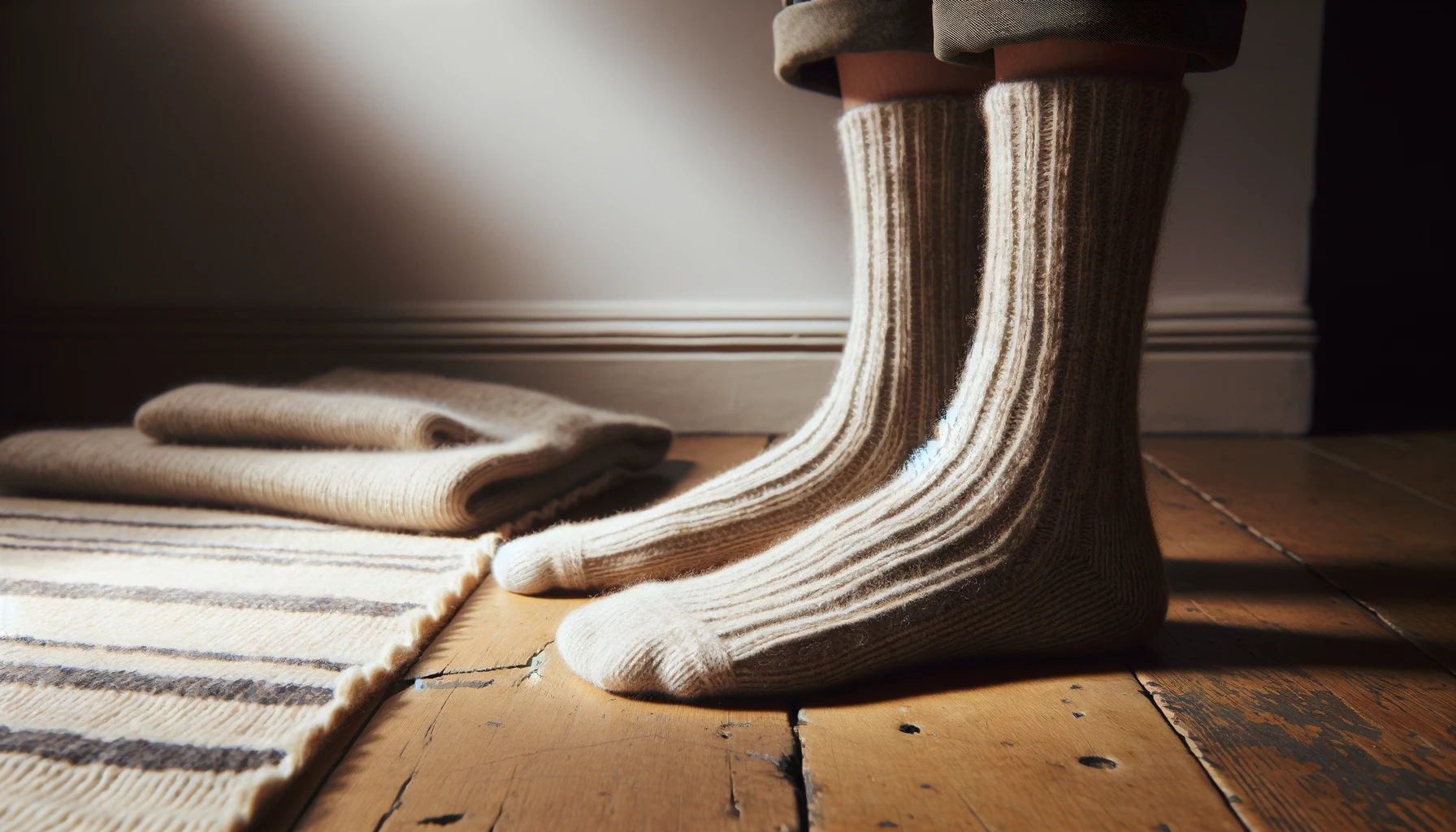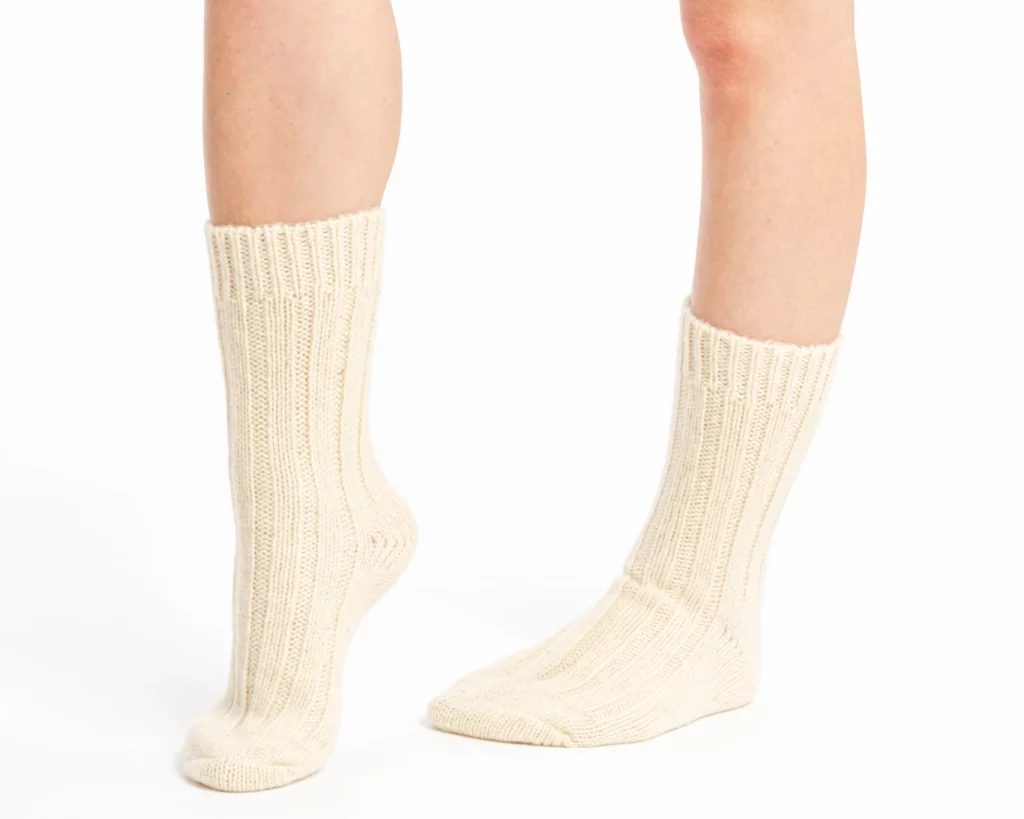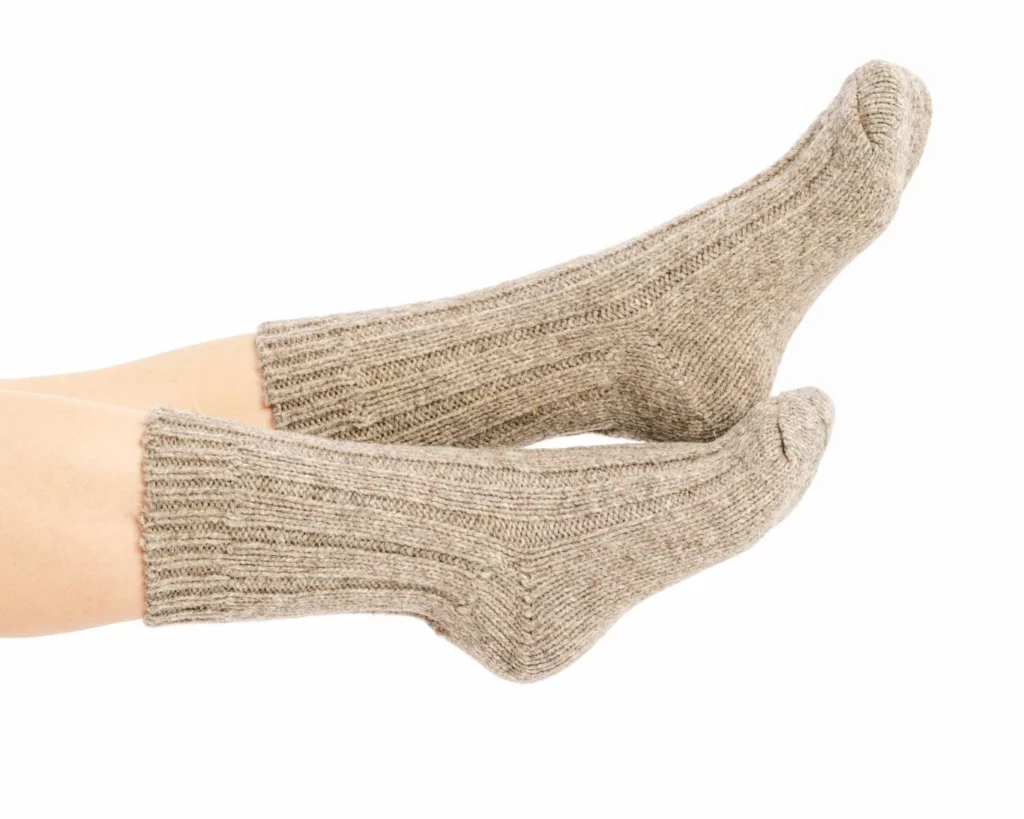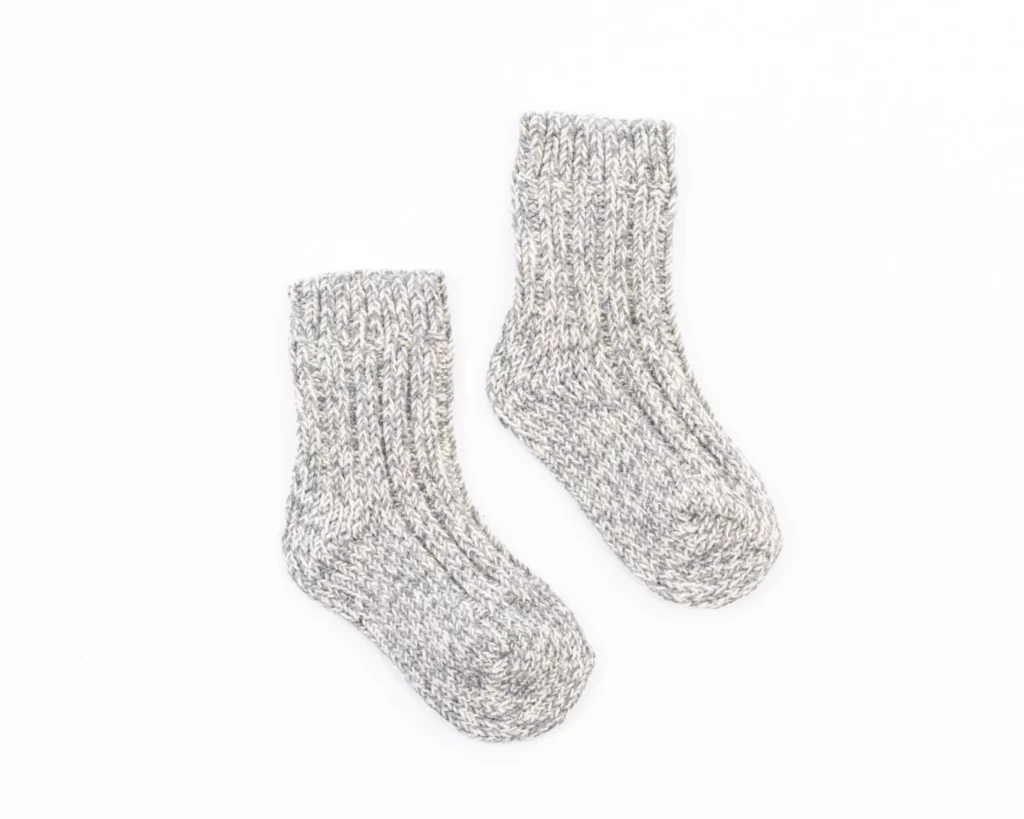18. The Best Slippers for Seniors: Why Sheepskin Outshines the Rest
The Best Slippers for Seniors Optimal Footwear Choices: The Best

In the realm of textiles and apparel, few materials are as celebrated for their combination of luxury, comfort, and performance as Merino wool. Particularly in the manufacture of socks, Merino wool stands apart as a material that not only enhances the wearer’s experience through its inherent qualities but also embodies the pinnacle of sustainable textile production.
This comprehensive examination delves into the multifaceted aspects of Merino socks’ production, design, material sourcing, crafting techniques, and meticulous attention to detail that culminate in the creation of a superior product. By integrating scholarly insights with practical considerations, this discourse aims to enlighten readers about the intricacies involved in producing Merino socks that are not only of high quality but also embody the synthesis of tradition and innovation in textile engineering.
Originating from the Merino sheep, primarily found in Australia and New Zealand, Merino wool represents a zenith in the textile industry’s pursuit of both excellence and sustainability. The wool’s fineness, lighter than traditional wools, lays the groundwork for socks that provide unparalleled softness, elasticity, and temperature regulation. The environmental aspect of Merino wool production, with sheep being shorn in a humane manner and the wool being biodegradable, underscores the commitment to sustainability that is central to the ethos of high-quality Merino sock production.

The production of Merino socks involves a nuanced understanding of the material’s properties and the end-user’s needs. This begins with the selection of the finest Merino fibers, which are inherently softer, more flexible, and capable of managing moisture more effectively than their conventional wool counterparts. The design process incorporates advanced knitting techniques to enhance these natural properties, creating socks that offer optimal thermal regulation, moisture-wicking capabilities, and odor resistance. This is crucial for socks intended for a variety of conditions, from the brisk cold of winter to the warm, humid days of summer.

Crafting Merino socks that meet the highest standards of quality demands a blend of traditional skills and modern technological advancements. The knitting process, often involving sophisticated machinery, is meticulously calibrated to create a fabric that maximizes the Merino wool’s natural elasticity and durability. Attention to detail is paramount, with each pair of socks undergoing rigorous quality control to ensure that they meet the stringent requirements expected by consumers seeking premium products.
The production of high-quality Merino socks transcends the mere selection of superior materials and innovative design; it embodies a holistic approach to craftsmanship that considers every aspect of the sock’s life cycle. This includes the implementation of sustainable practices in every stage of production, from sourcing to manufacturing, packaging, and distribution. The care instructions provided with each pair of Merino socks serve not only as a guide for maintaining their quality but also as an educational tool for consumers, fostering a deeper appreciation for the value of sustainable textile practices.

An exemplar of the luxurious and functional potential of Merino wool can be seen in the Warm Alpaca Socks. These socks, while not made exclusively from Merino wool, incorporate a blend of alpaca and sheep wool, offering a level of warmth, softness, and comfort that exemplifies the standards to which all Merino socks aspire. The thoughtful composition of materials, including the addition of polyamide for enhanced durability and elasticity, reflects a deep understanding of the interplay between material science and consumer comfort. This example serves as a benchmark for what can be achieved when craftsmanship, innovation, and sustainability converge in the production of Merino wool socks.
The production of high-quality Merino socks is a testament to the textile industry’s ability to balance tradition with innovation, sustainability with performance, and luxury with practicality. Through an academic exploration of the processes, techniques, and values that underpin the creation of these garments, it becomes evident that Merino socks are not merely articles of clothing but symbols of a commitment to excellence in textile engineering. As such, they offer not only comfort and utility to their wearers but also contribute to the broader narrative of sustainable and ethical fashion.
The Best Slippers for Seniors Optimal Footwear Choices: The Best

A quality sheepskin rug is more than just a decorative

In a world where climate conditions vary dramatically and sustainability